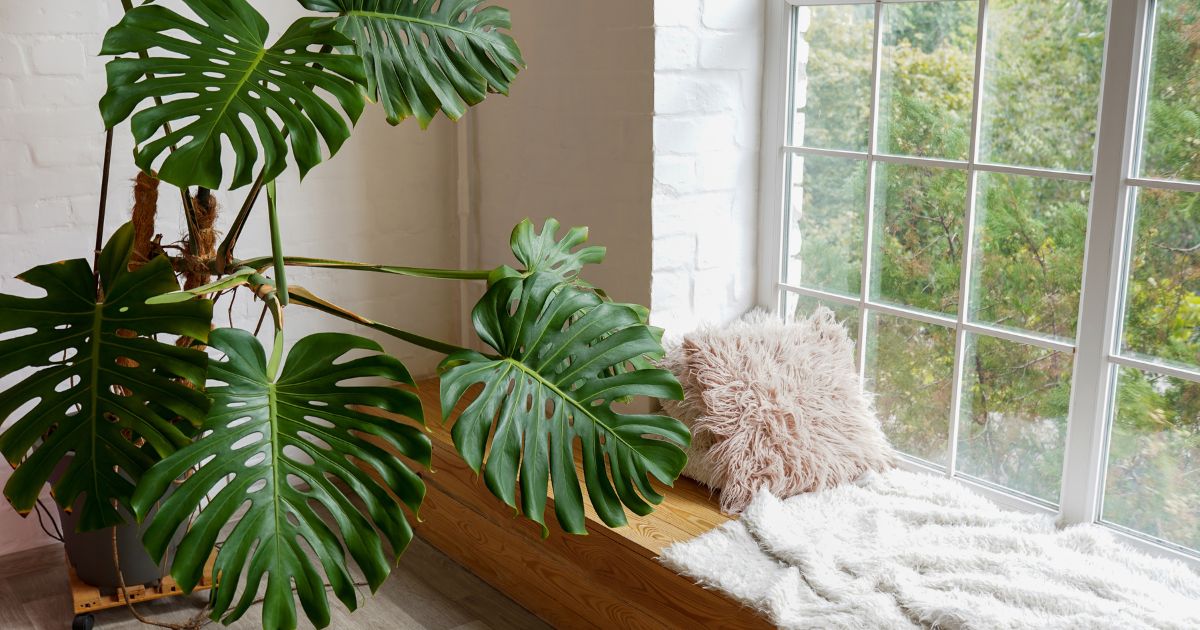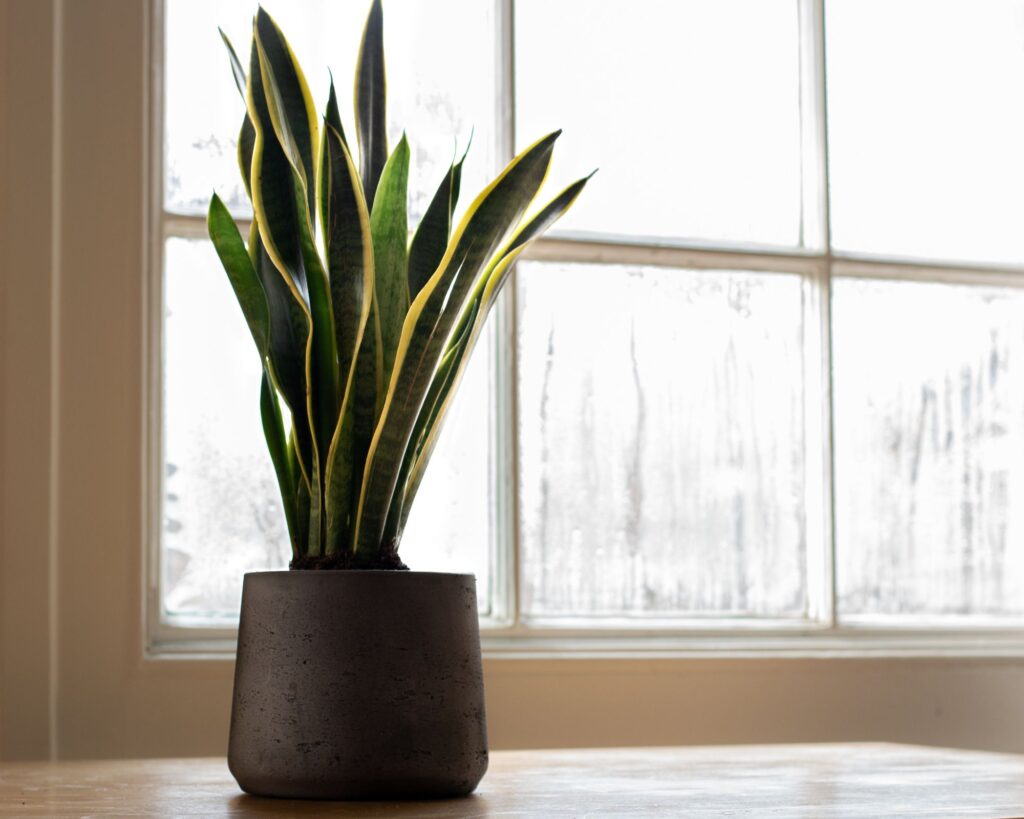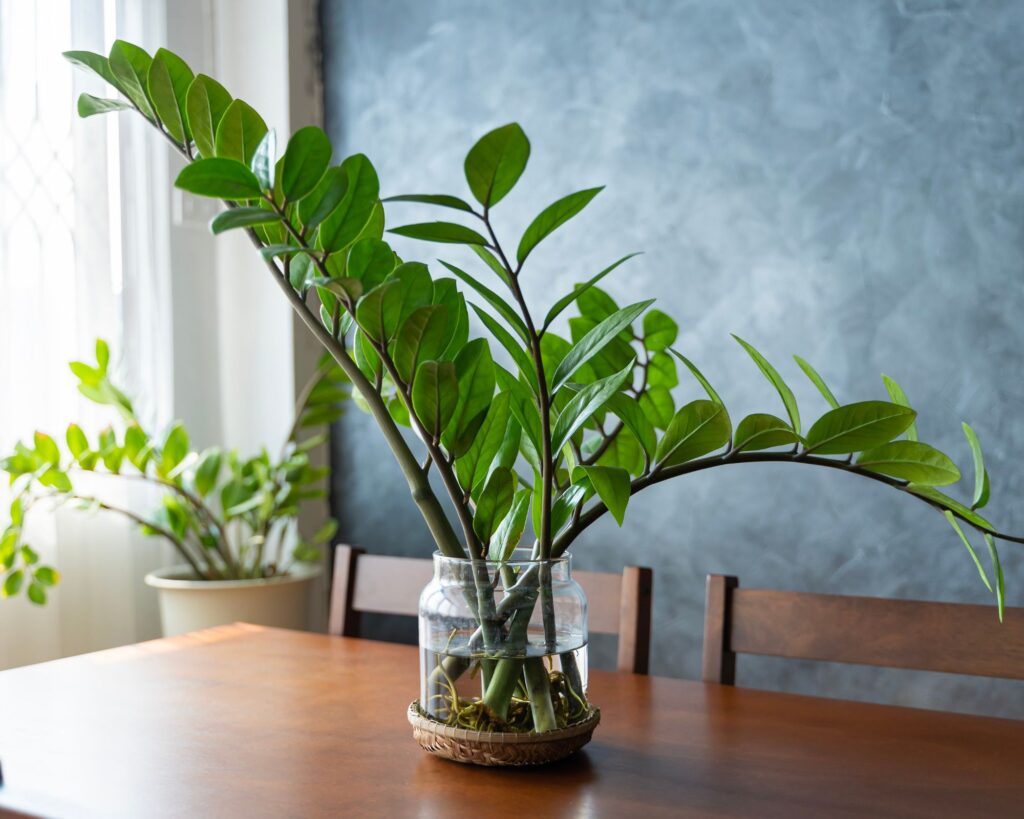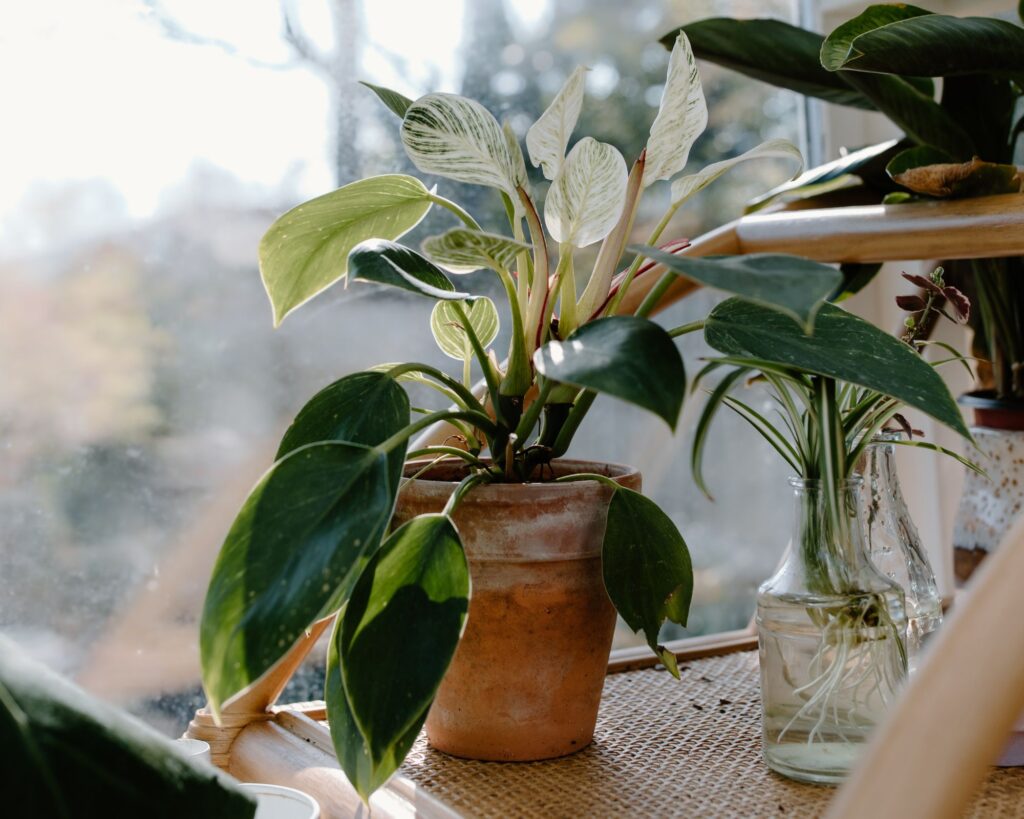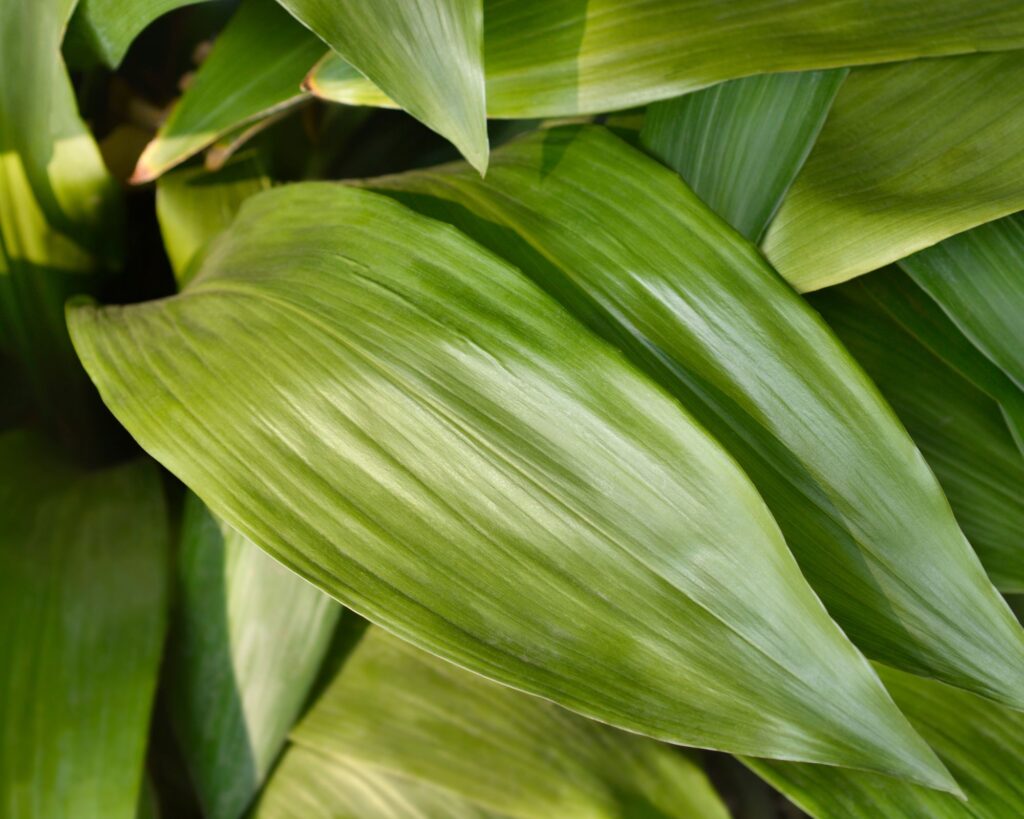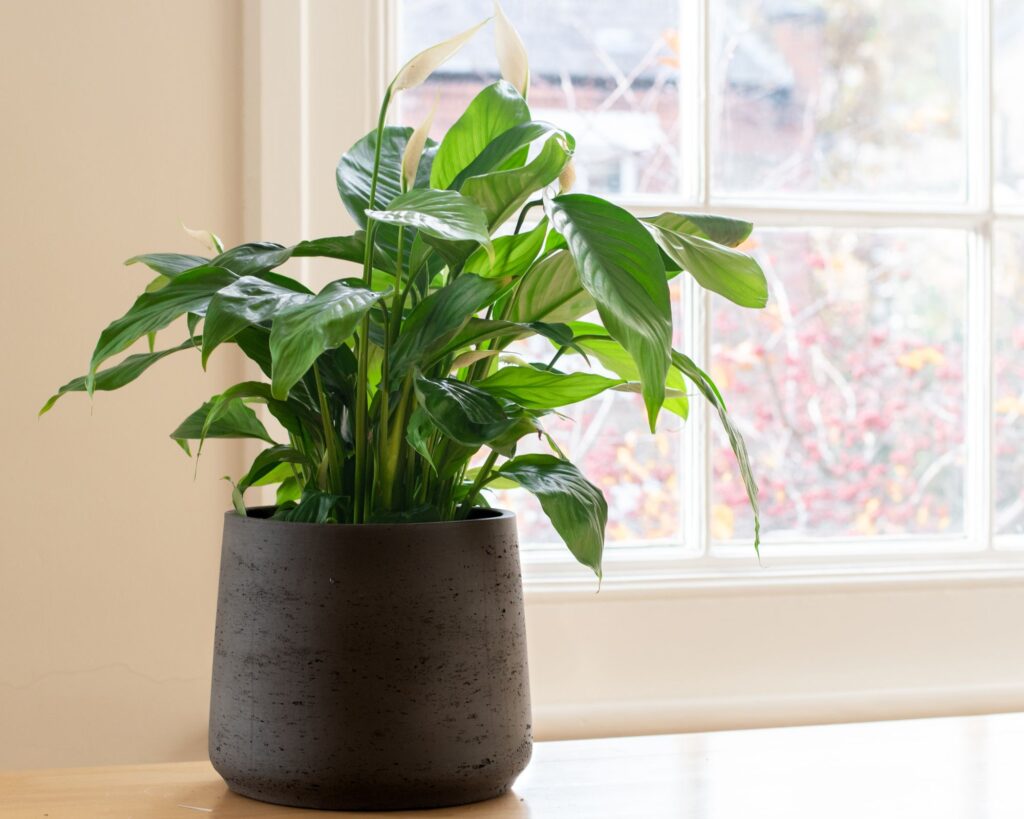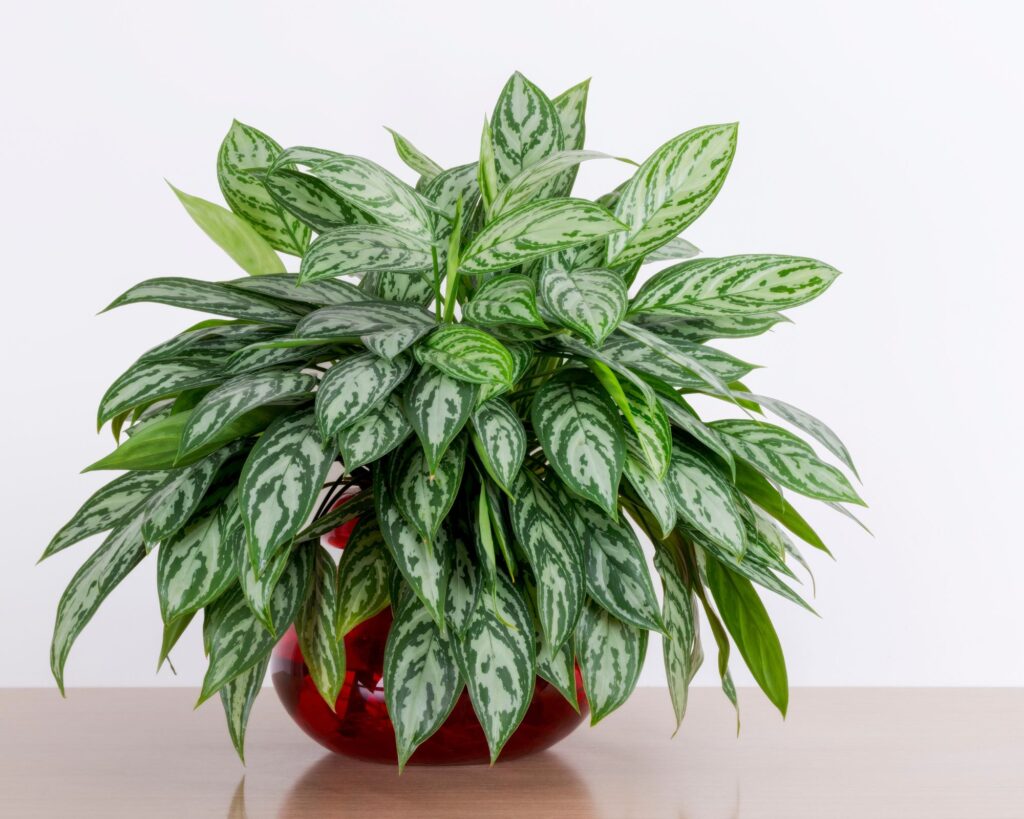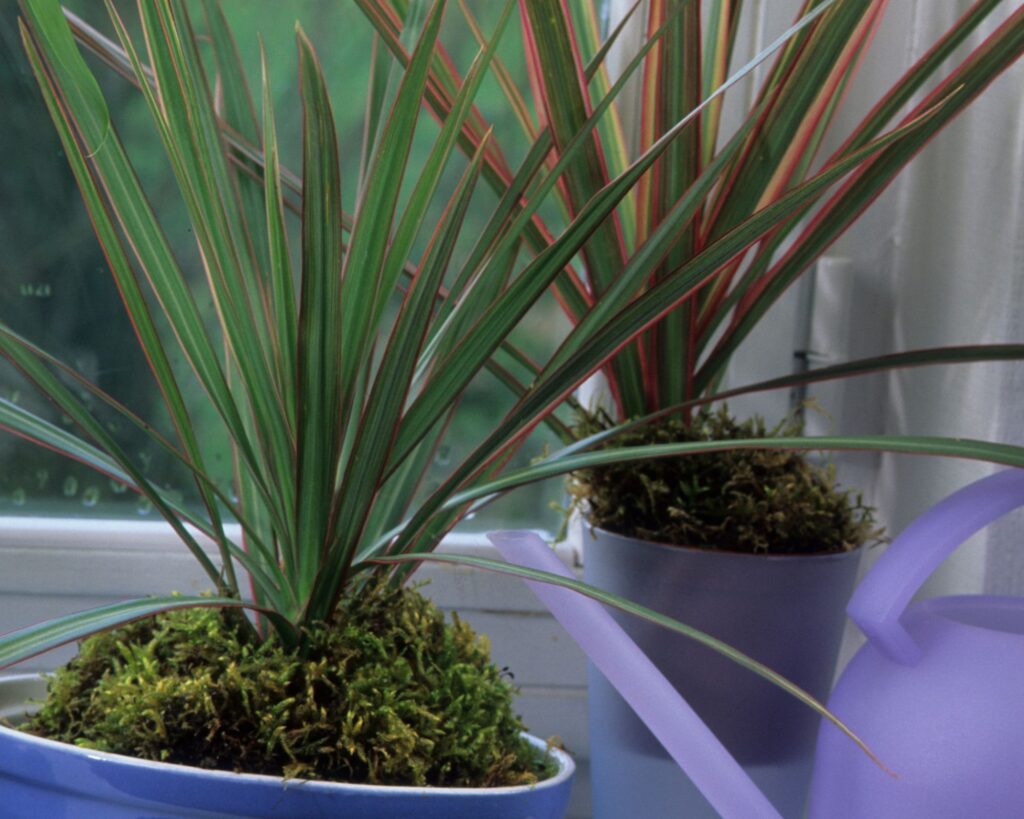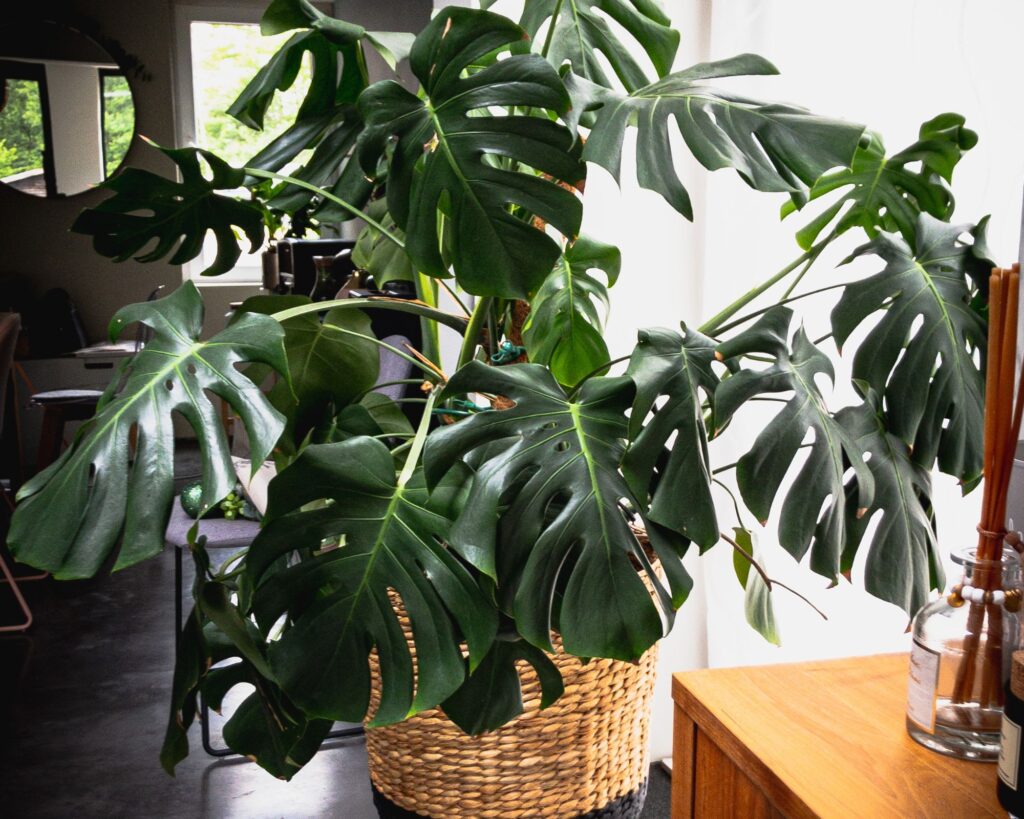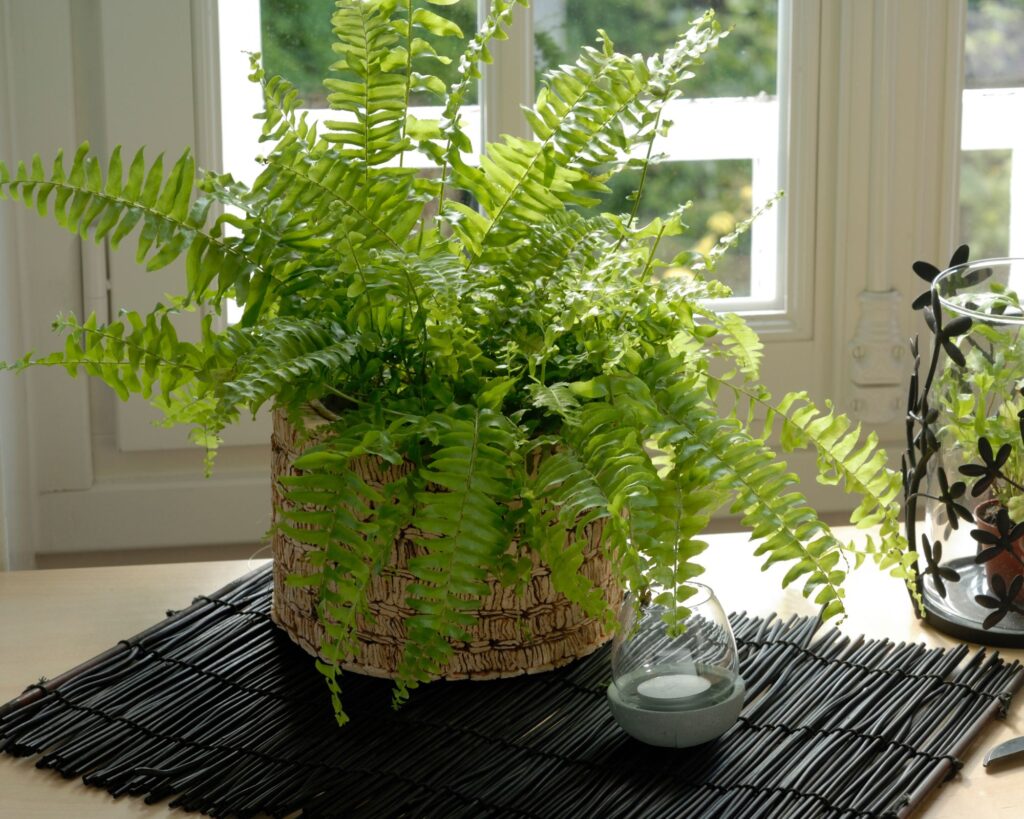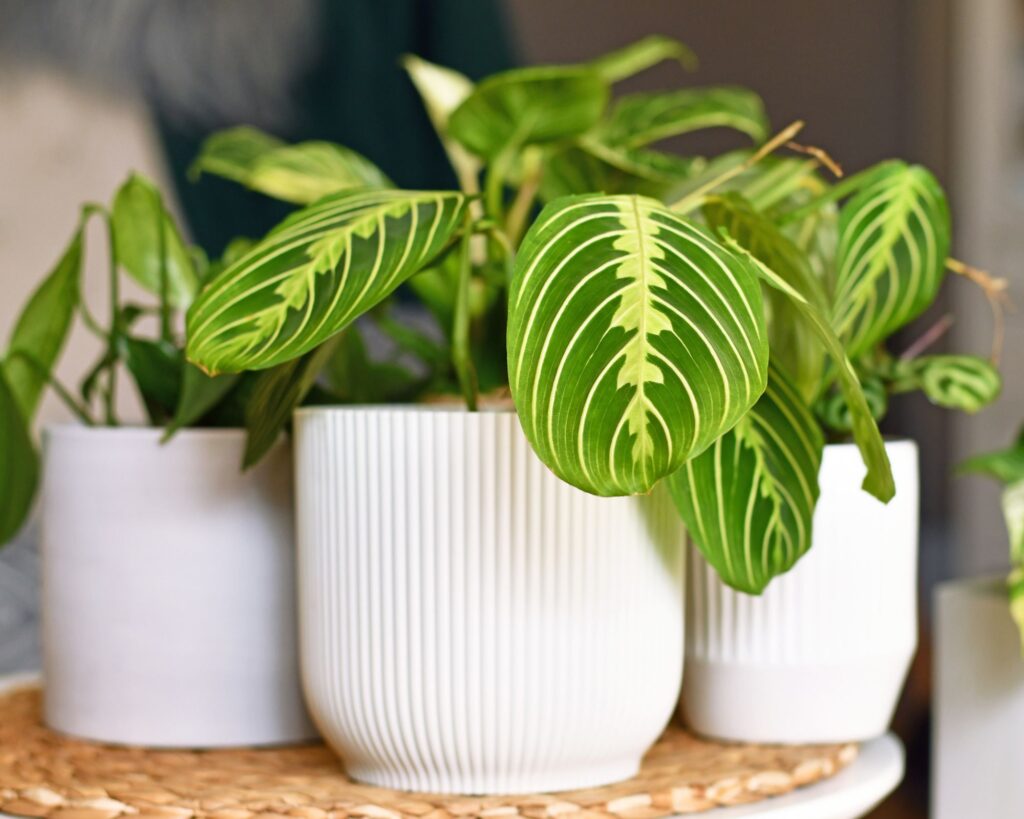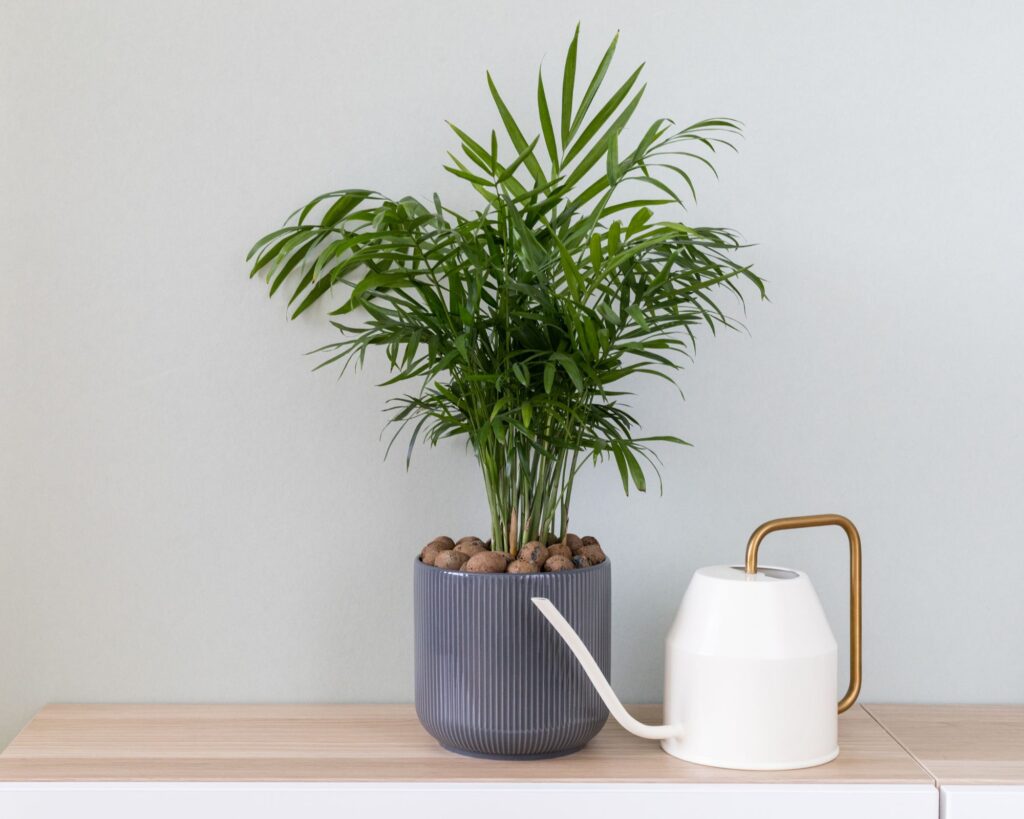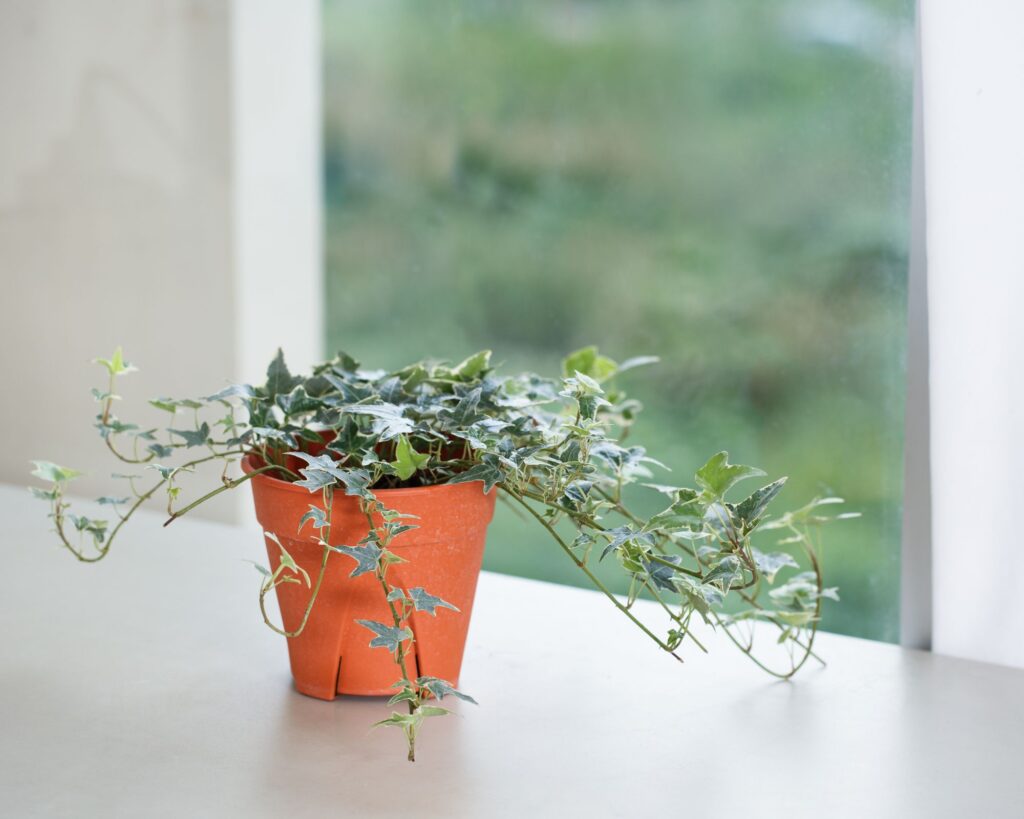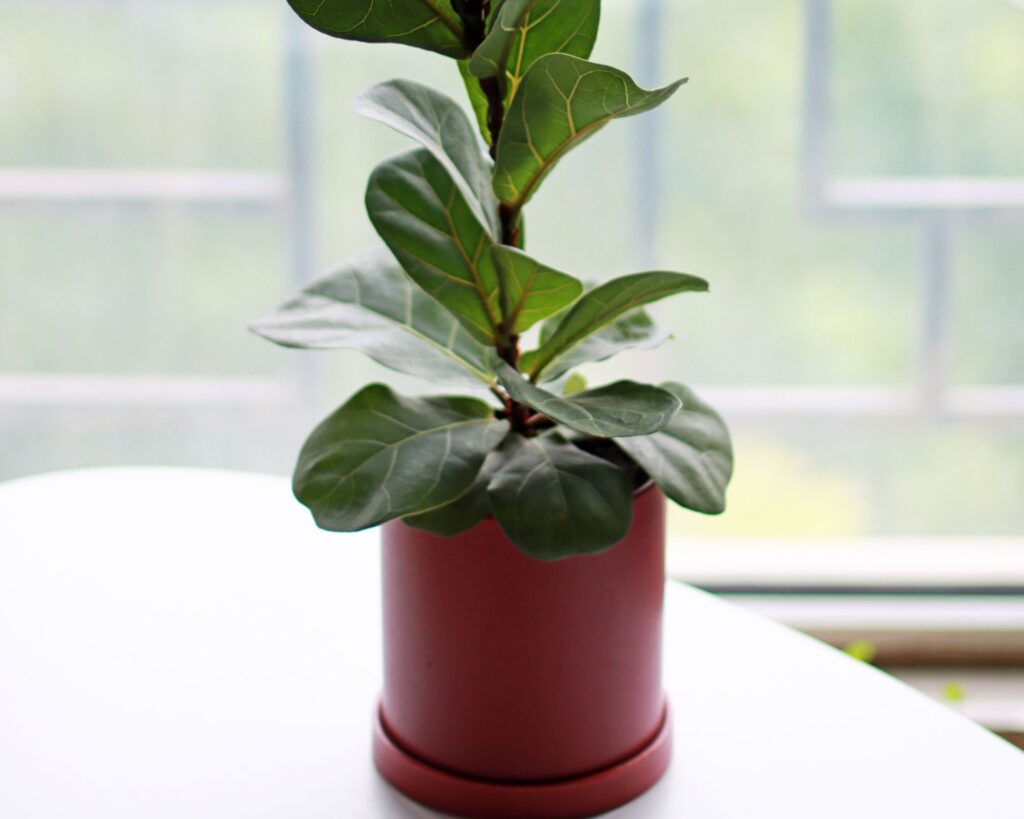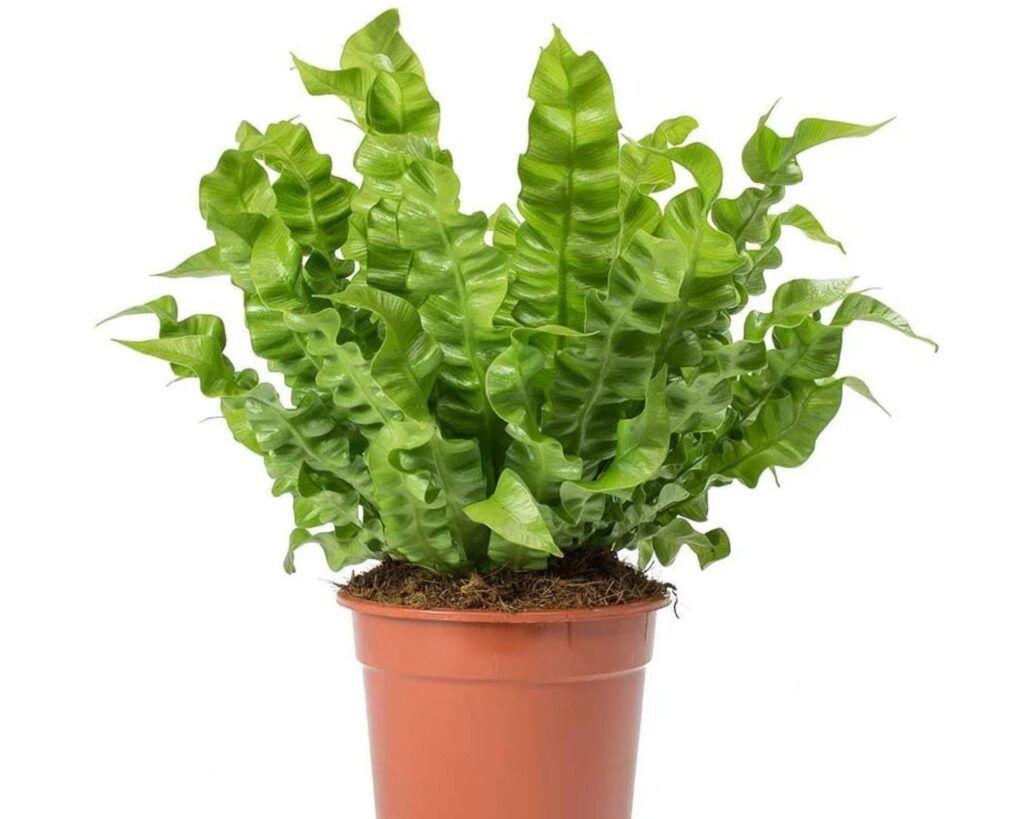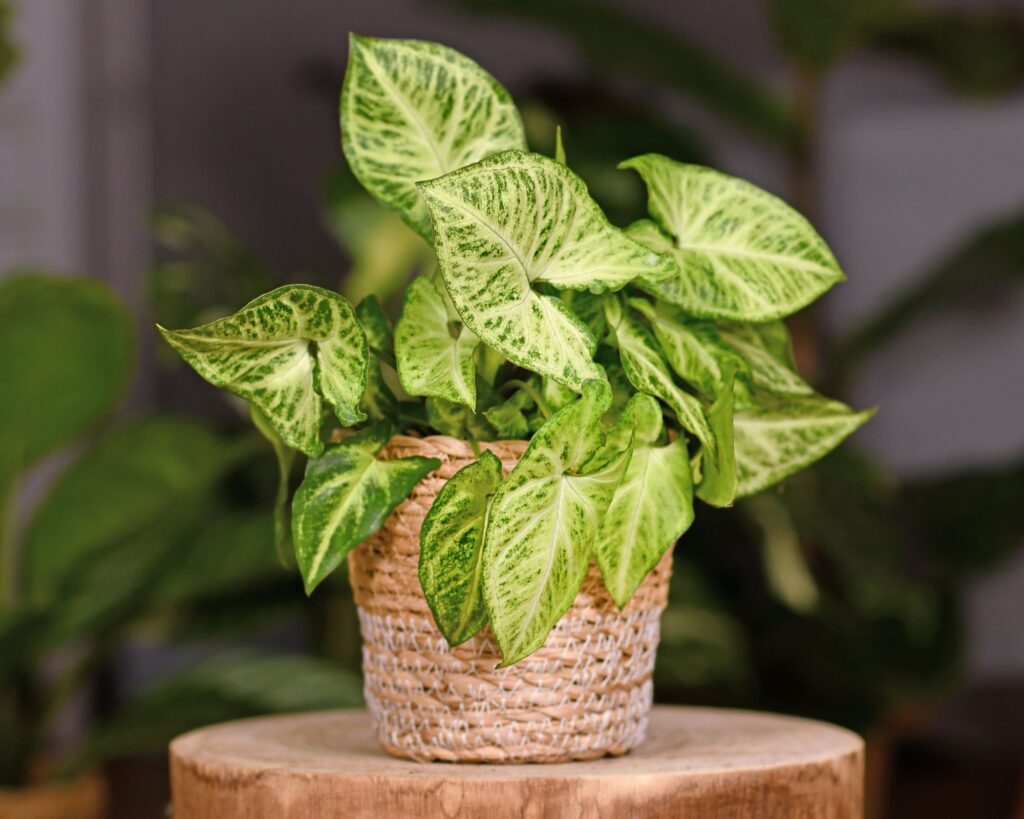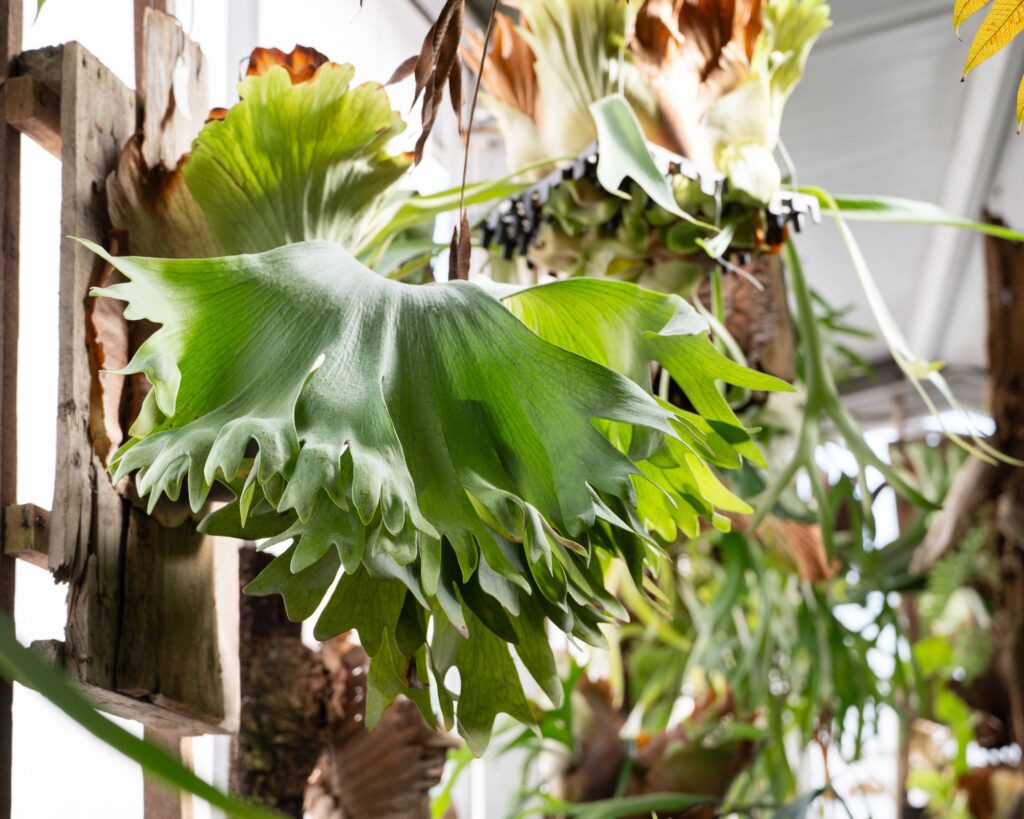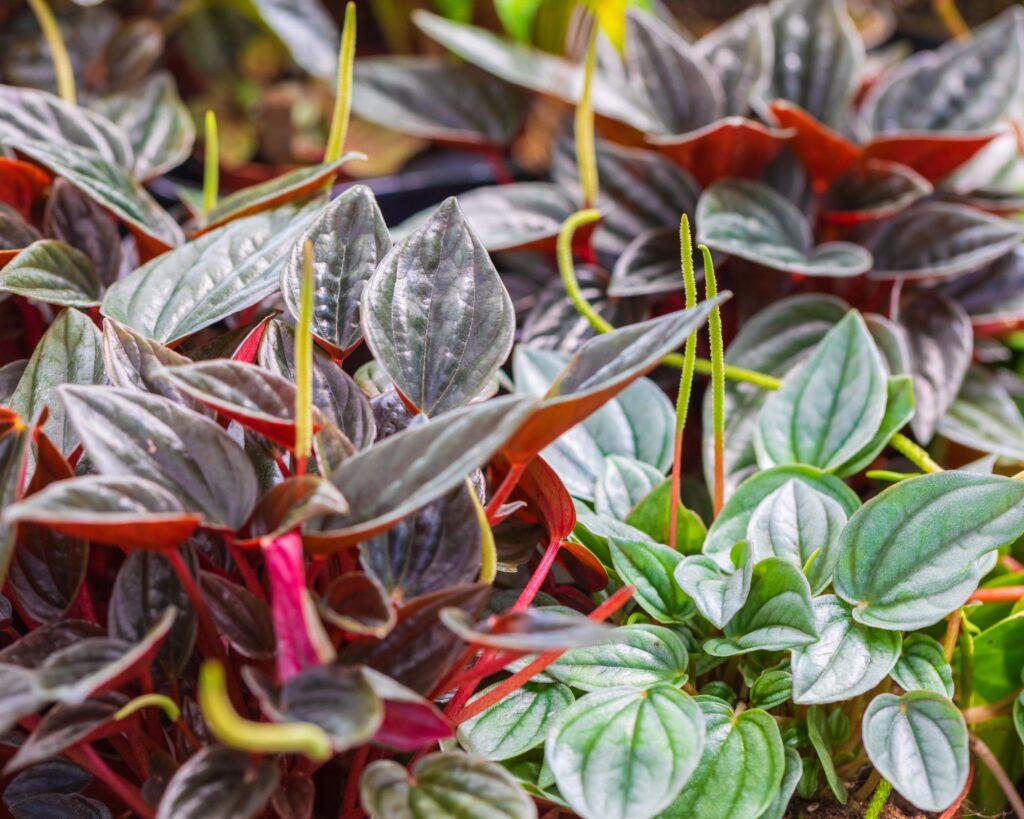Struggling to keep plants alive in your dimly lit home? You’re not alone. North-facing windows can feel like a curse for plant lovers who dream of lush, green interiors, but what if I told you they’re actually a hidden gem?
While they don’t bask in the bright rays of direct sunlight, these windows offer a consistent, indirect glow – ideal for specific plants that thrive in lower light conditions. Imagine turning that seemingly dull corner into a thriving green sanctuary!
Below, I’ve compiled 20 incredible plant options that will not only survive but truly flourish in the soft, filtered light of a north-facing window. Get ready to transform your space with effortless greenery and vibrant life.
1. Snake Plant (Sansevieria)
Also known as mother-in-law’s tongue, the snake plant is a hardy, low-maintenance option that can adapt to a variety of light conditions. Its upright, sword-like leaves make it an excellent space-saving plant that adds a modern touch to any room.
Snake plants tolerate neglect and don’t need frequent watering, making them perfect for beginners.
Care Tip: Water sparingly, allowing the soil to dry out between waterings.
2. ZZ Plant (Zamioculcas zamiifolia)
The ZZ plant is another tough plant that tolerates low light and infrequent watering. With its waxy, glossy leaves, it brings a touch of sophistication to any room.
It’s also known for its air-purifying properties, making it an excellent choice for bedrooms and offices.
Care Tip: ZZ plants prefer to dry out completely before being watered, so don’t overwater.
3. Philodendron
Philodendrons come in many varieties, and most thrive in low-light conditions, making them ideal for a north-facing window.
Their trailing vines and heart-shaped leaves make them versatile, whether potted or hung as part of a cascading indoor garden.
Care Tip: Water when the top inch of soil feels dry, but don’t let the plant sit in water.
4. Pothos (Epipremnum aureum)
Pothos are known for their trailing vines and heart-shaped leaves, and they tolerate low light very well. They’re fast growers and can be trained to climb or cascade, making them a flexible addition to your north-facing window space.
Care Tip: Water when the soil feels dry to the touch. Pothos plants can bounce back from neglect.
5. Spider Plant (Chlorophytum comosum)
Spider plants are resilient and adaptable, thriving even in low-light conditions. With their cascading, arching leaves, they look stunning in hanging baskets or as a tabletop plant.
They’re also known to improve indoor air quality by removing toxins.
Care Tip: Keep the soil lightly moist, and water when the top inch feels dry.
6. Cast Iron Plant (Aspidistra elatior)
The cast iron plant earns its name for being nearly indestructible. It’s incredibly tolerant of low light and infrequent watering, making it perfect for homes with limited sunlight.
Its dark green, broad leaves make a bold statement in any indoor setting.
Care Tip: Water sparingly, allowing the soil to dry between waterings.
7. Peace Lily (Spathiphyllum)
Peace lilies are known for their lush green foliage and elegant white flowers. While they prefer bright indirect light, they can tolerate lower light levels, especially in a north-facing window.
They’re also excellent at purifying the air, making them a popular choice for homes and offices.
Care Tip: Keep the soil consistently moist but not waterlogged.
8. Chinese Evergreen (Aglaonema)
Chinese evergreens are easy-going plants that come in a variety of leaf patterns and colors. They can thrive in low light, making them ideal for spaces with minimal sunlight.
Their variegated leaves add a pop of color to otherwise dim areas.
Care Tip: Water moderately and let the soil dry out between waterings.
9. Dracaena
Dracaena plants are visually striking with their long, slender leaves, and they’re highly adaptable to low light.
These slow-growing plants can eventually reach impressive heights, adding vertical interest to any space.
Care Tip: Water when the top layer of soil is dry, and avoid overwatering to prevent root rot.
10. Monstera Deliciosa
Also known as the Swiss cheese plant, monstera thrives in indirect light, making it suitable for a north-facing window.
Its large, fenestrated leaves give it a tropical look, and it can grow quite large, making it a statement piece for any room.
Care Tip: Water when the top inch of soil feels dry, and mist the leaves occasionally to mimic humidity.
11. Boston Fern (Nephrolepis exaltata)
Boston ferns are a classic indoor plant with lush, arching fronds that thrive in indirect, low-light conditions.
They add a soft, graceful touch to any room and are great in hanging baskets.
Care Tip: Keep the soil consistently moist and mist regularly to provide humidity.
12. Prayer Plant (Maranta leuconeura)
Named for the way its leaves fold up at night, the prayer plant is a stunning option for low-light areas.
Its bold, veined leaves are as beautiful as they are unique, bringing visual interest to your space.
Care Tip: Keep the soil consistently moist and ensure high humidity for best results.
13. Parlor Palm (Chamaedorea elegans)
Parlor palms are perfect for low-light conditions and have been a popular indoor plant since Victorian times.
Their elegant, arching fronds add a touch of greenery to any room without taking up too much space.
Care Tip: Water when the top inch of soil is dry and mist occasionally to boost humidity.
14. Calathea
Calatheas are known for their intricate leaf patterns, with stunning varieties like Calathea orbifolia and Calathea lancifolia.
While they appreciate some light, they can adapt to lower light conditions and will thrive near a north-facing window.
Care Tip: Keep the soil consistently moist and provide high humidity for best growth.
15. English Ivy (Hedera helix)
English ivy is a versatile, low-maintenance plant that can thrive in low light.
It’s perfect for a hanging basket or can be trained to climb trellises or frames, creating a beautiful, cascading effect in your home.
Care Tip: Water when the top inch of soil feels dry, and mist occasionally to prevent spider mites.
16. Fiddle Leaf Fig (Ficus lyrata)
Although fiddle leaf figs prefer bright indirect light, they can adapt to lower light levels, especially in a north-facing window.
Their large, violin-shaped leaves add drama and height to any room, making them a popular choice among plant lovers.
Care Tip: Water when the top inch of soil feels dry, and rotate the plant occasionally for even growth.
17. Bird’s Nest Fern (Asplenium nidus)
Bird’s nest ferns thrive in low to medium light, making them perfect for a north-facing window.
Their bright green, wavy fronds are soft and compact, adding texture to any space.
Care Tip: Keep the soil consistently moist and mist the leaves frequently for added humidity.
18. Arrowhead Plant (Syngonium podophyllum)
Arrowhead plants are versatile and come in a variety of leaf colors and patterns. They grow well in low light, making them suitable for a north-facing window.
As the plant matures, its leaves become more lobed, adding visual complexity.
Care Tip: Water when the soil feels dry, and prune occasionally to maintain its shape.
19. Staghorn Fern (Platycerium)
Staghorn ferns are unique, epiphytic plants that can be mounted on wood or hung in baskets. They do well in indirect, low-light conditions, making them ideal for a north-facing window.
Their fronds resemble the antlers of a stag, giving them a distinct and unusual appearance.
Care Tip: Mist frequently to maintain humidity, and water by soaking the base in water every week or two.
20. Peperomia
Peperomias are compact, low-light plants with a wide variety of leaf shapes and colors. They thrive in indirect light, making them perfect for a north-facing window.
Their waxy leaves store water, so they don’t require frequent watering.
Care Tip: Water sparingly, allowing the soil to dry out between waterings.
A north-facing window can be a beautiful home for a wide variety of plants that prefer low light or indirect sunlight.
Whether you’re looking for hardy, low-maintenance plants like the snake plant or more delicate options like the prayer plant, there’s a plant to suit every style and space.
With the right care, these plants will thrive and add greenery and beauty to your indoor space, no matter the lighting conditions.
